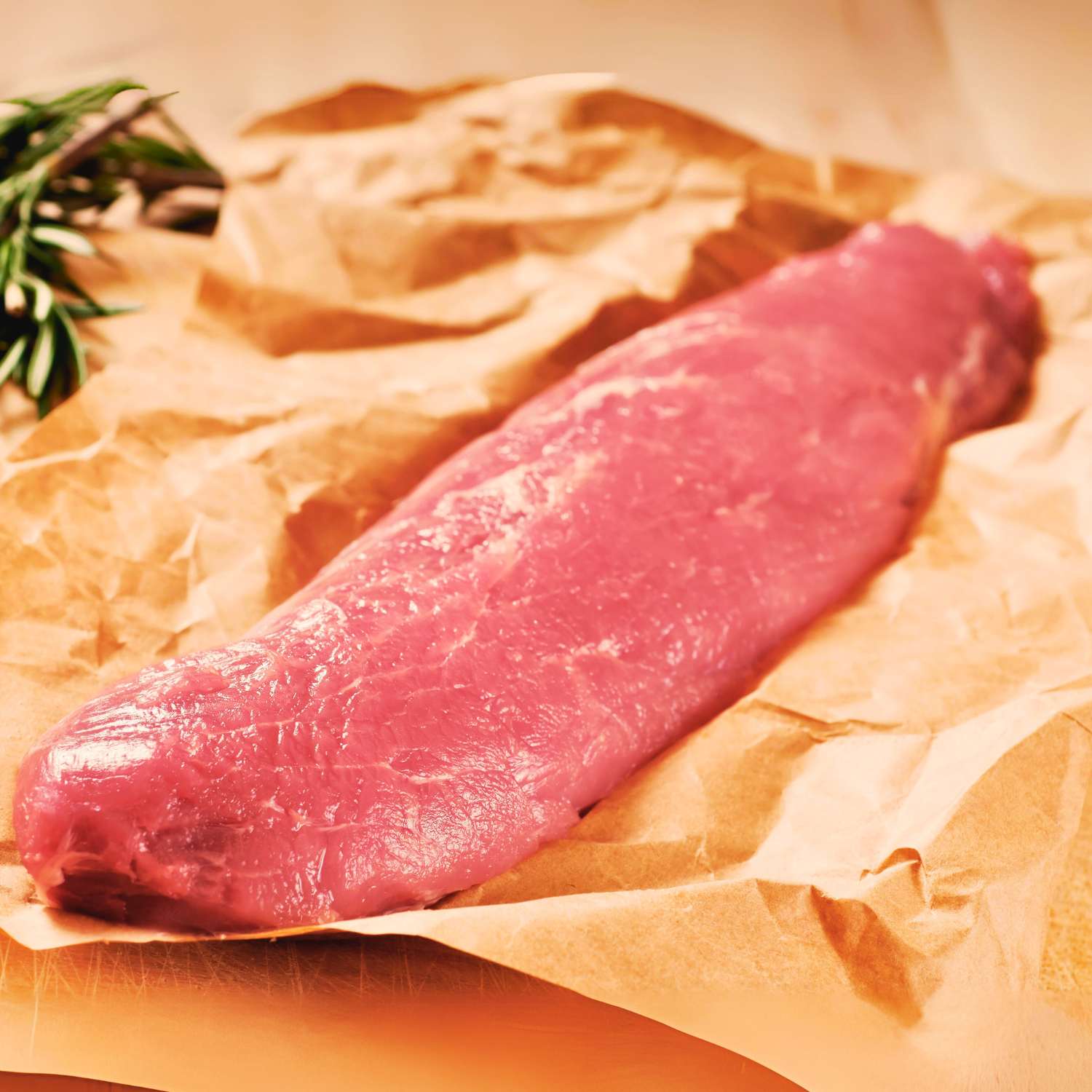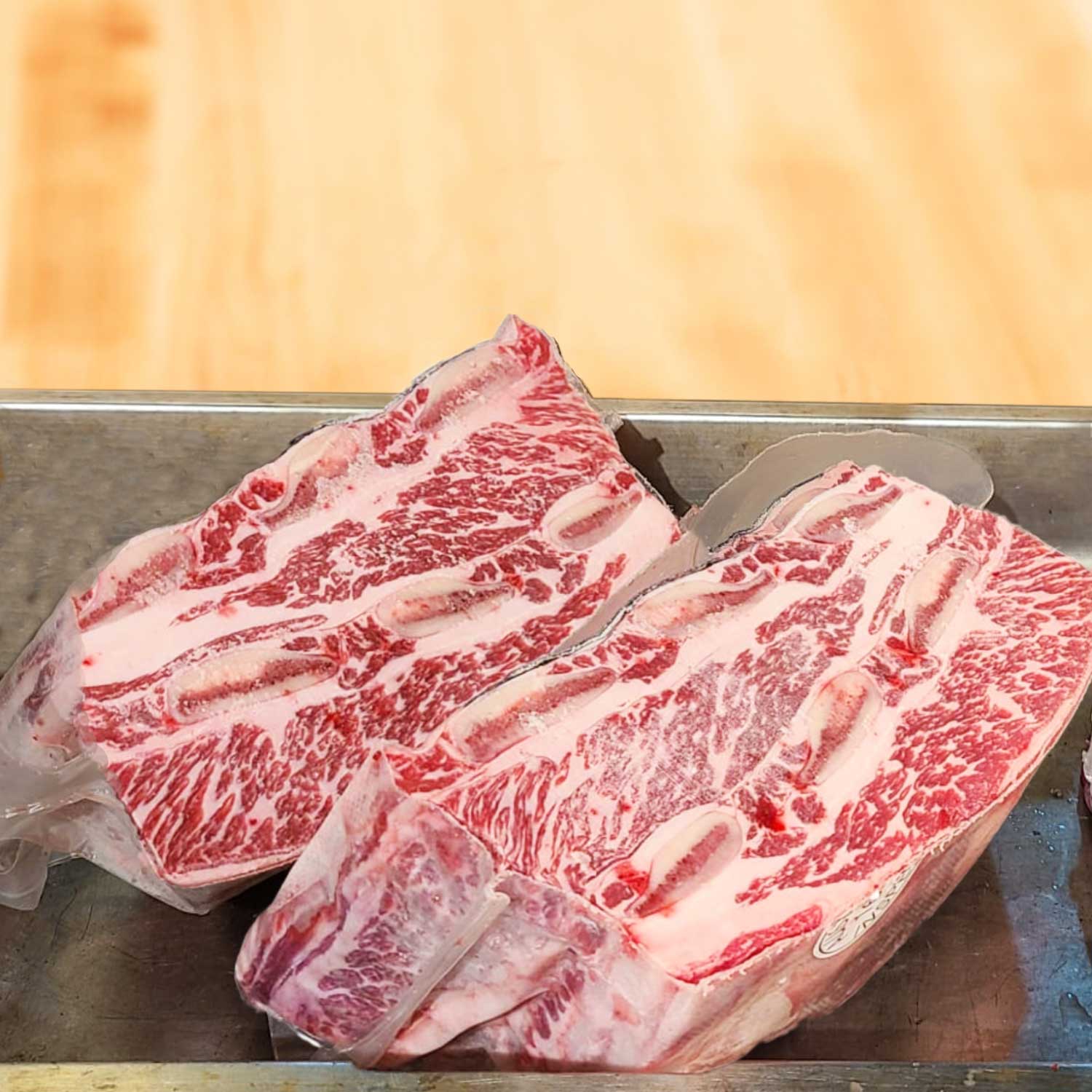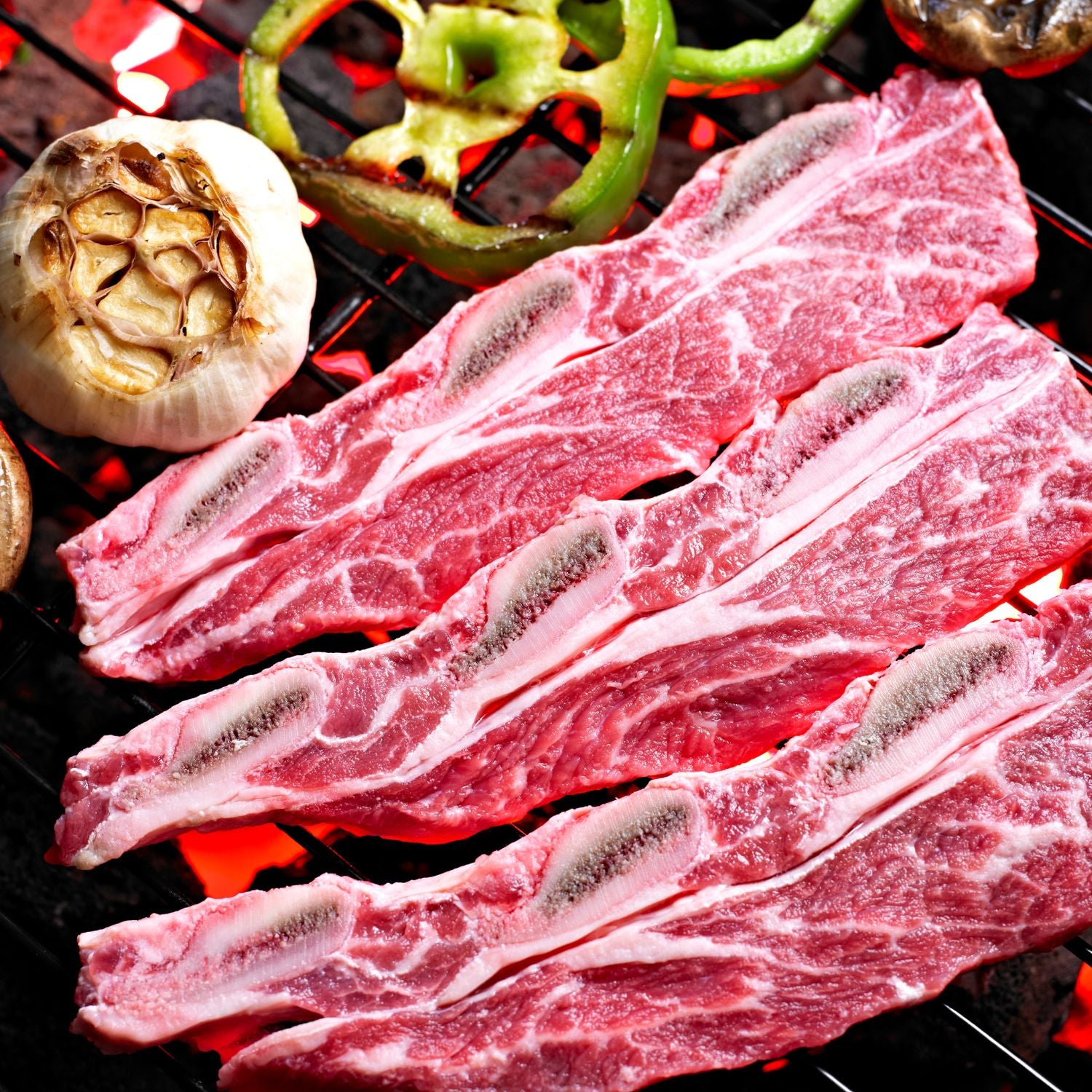Understanding the Appeal of Grassfed Beef
What is Grassfed Beef?
Grassfed beef comes from cattle that graze on grass, not grains. Unlike grain-fed ones, these cows eat what they would find in nature. This gives the meat a different taste and texture that many love. It's seen as a more natural way to raise beef. In Hong Kong, grassfed beef is prized for its quality and flavor.

Why Choose Grassfed Beef?
Opting for grassfed beef is a wise choice for many reasons. Unlike grain-fed cattle, grassfed ones roam free and eat natural diets. This leads to better quality meat. Grassfed beef holds a unique taste that is leaner and often described as more "earthy" than conventional beef. It's also praised for its sustainability. Choosing grassfed supports eco-friendly farming. This is key in Hong Kong where food sourcing matters for health and the environment. Also, buying grassfed reflects a trend towards mindful eating. Consumers in Hong Kong want food that's both tasty and responsible. Grassfed beef provides just that.
The Health Benefits of Grassfed Beef
Grassfed beef offers numerous health perks. It's richer in key nutrients compared to grain-fed beef. This includes more omega-3 fatty acids and antioxidants. These nutrients support heart health and may reduce inflammation. Grassfed beef also has higher levels of vitamins A and E. It provides a good source of protein with lower fat content. Choosing grassfed can lead to a healthier diet overall. It fits well in Hong Kong's health-conscious culinary landscape.
Essential Grassfed Beef Recipes for Hong Kong Chefs
How to Prepare the Perfect Grassfed Beef Meal
Preparing grassfed beef for the best taste involves a few steps. First, let the beef sit at room temp for about 30 minutes before cooking. This ensures even cooking. Next, pat the beef dry with paper towels for a good sear. Season it well. Grassfed beef benefits from less cooking time than grain-fed beef. So, cook it on medium heat to avoid overcooking. Always use a meat thermometer to check doneness – 57-62°C for medium-rare. Let it rest for at least 5 minutes after cooking, covered. This allows juices to redistribute for a tender meal. Serve with your favorite sides.
Innovative Recipes that Highlight Grassfed Beef
Hong Kong chefs seeking to showcase grassfed beef can get creative. Here are some unique recipes:
- Grassfed Beef and Ginger Stir-fry: A twist to the traditional stir-fry with a burst of ginger flavour.
- Sichuan Grassfed Beef Tacos: Infusing Mexican cuisine with Sichuan spices for a fiery kick.
- Grassfed Beef Bao Buns: Soft, steamed buns filled with succulent grassfed beef slices.
- Five-Spice Grassfed Beef Skewers: Marinated beef skewers grilled to perfection.
Each recipe balances the beef's natural taste with Hong Kong's love for bold flavours. These dishes can become the stars of your menu, promising a fresh experience for your guests.
Tips for Cooking Grassfed Beef Effectively
- Start with a hot pan to sear the beef, locking in natural juices.
- Use a meat thermometer to ensure precise cooking levels. Aim for 57-60°C for medium-rare.
- Let the meat rest after cooking. This helps retain moisture for a tender result.
- Season sparingly at the start. The natural flavors of grassfed beef are robust.
- Keep cooking times shorter. Grassfed beef cooks faster due to lower fat content.
- Utilize gentle cooking methods, like slow braising, to keep the meat succulent.
- Pair with fresh, local vegetables to complement the beef's earthy taste.
- Experiment with marinades and rubs that suit the beef's leaner profile.
- Avoid overcooking. Grassfed beef is best enjoyed medium-rare to medium.
- Stay versatile; try grilling, roasting, and pan-frying for varied textures and flavors.
Expanding Your Grassfed Beef Repertoire
Incorporating Grassfed Beef into Your Menu Diversity
To diversify your menu, consider these ideas for integrating grassfed beef:
- Seasonal Pairings: Match grassfed beef with seasonal veggies. For example, beef with summer tomatoes.
- Cultural Fusions: Blend local Hong Kong flavors with beef in dishes like beef bao or stir-fries.
- Varied Cuts: Experiment with different cuts. Use tenderloin for steaks and chuck for slow-cooked meals.
- Cooking Methods: Rotate between grilling, roasting, and braising to offer a range of textures and tastes.
- Health Focus: Create lighter dishes using grassfed beef as a salad topping or in broths.
By mixing these tips into your menu, you can keep customers excited about your beef dishes.
Seasonal and Occasional Strategies for Grassfed Beef Dishes
As seasons change, so do our palates. To keep your grassfed beef menu fresh, choose recipes suited to the current season. During warm months, think of grilling steaks or making light, beefy salads. When it cools down, go for hearty stews or roasts. For special occasions, try a classic beef Wellington or a savory beef tartare. With these ideas, your grassfed beef dishes will always be in sync with the time of year, making every meal an event to remember.
Leveraging Grassfed Beef for Hong Kong's International Dining Scene
As Hong Kong is a melting pot of cultures, integrating grassfed beef into various international dishes can greatly enhance the dining scene. Here are some ways to do it:
- Fusion Tacos: Combine the rich flavors of grassfed beef with classic Mexican spices and Asian-inspired slaws for a unique taco night.
- Bistro-Style Burgers: Create French-inspired burgers using premium grassfed beef patties and gourmet toppings like brie cheese and truffle mayo.
- Italian Bolognese: Use grassfed beef in a hearty Italian Bolognese sauce, providing a nutritious twist on pasta nights.
- Szechuan Stir-Fry: Spice up a Szechuan beef stir-fry by swapping in grassfed beef for an added depth of flavor and health benefits.
Embracing grassfed beef in international cuisine not only offers diverse tastes but also aligns with the global trend towards sustainable and healthy eating habits.

















